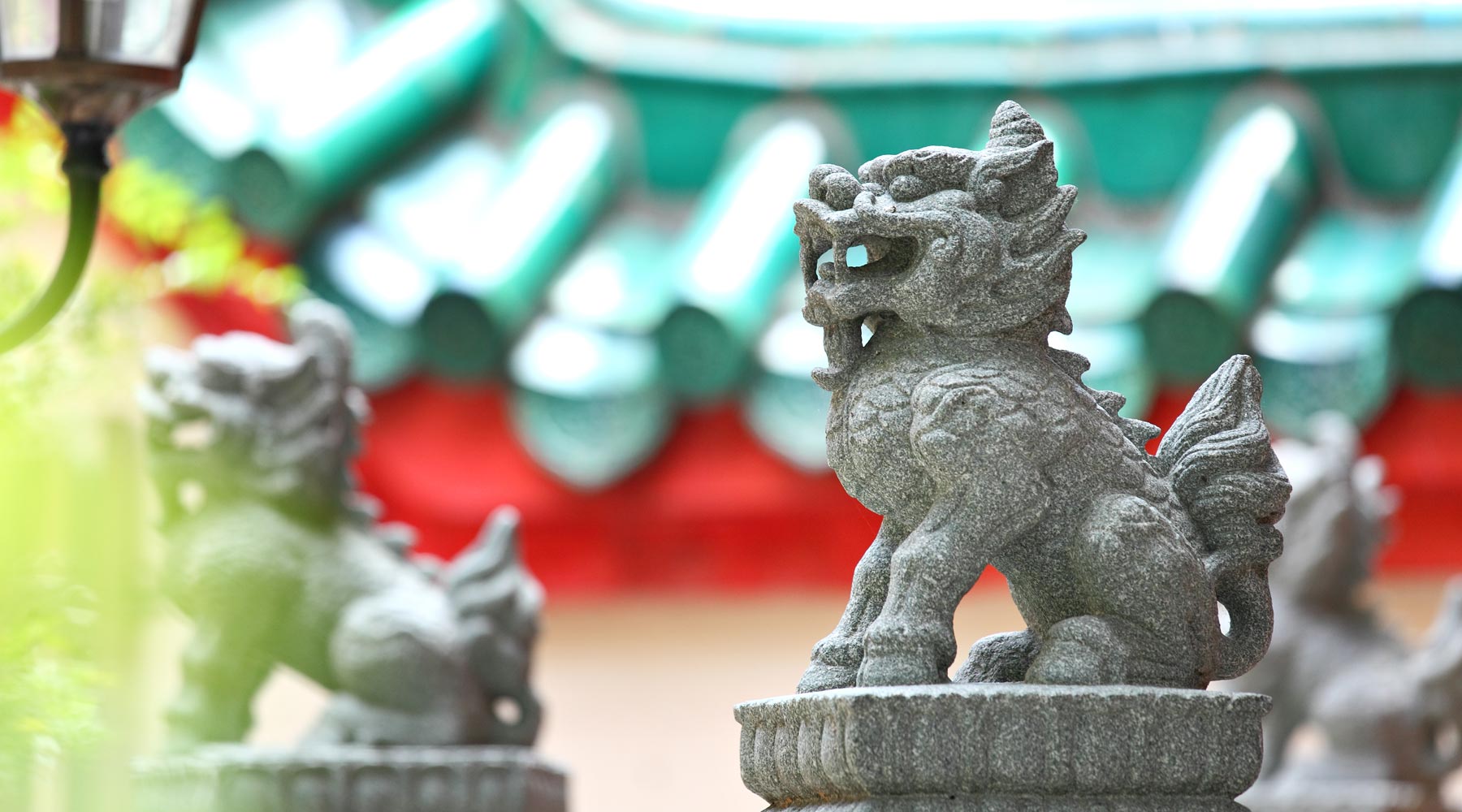Have you ever come across Chinese dragon symbols? Chances are you have, because dragons are everywhere in Chinese culture – from books and clothes to movies, sports events, and even tattoos. In fact, many people in China proudly sport dragon tattoos. But how did these ancient creatures come to be, and what do they really mean? Read on to discover the fascinating history, symbolism, and many types of Chinese dragons.
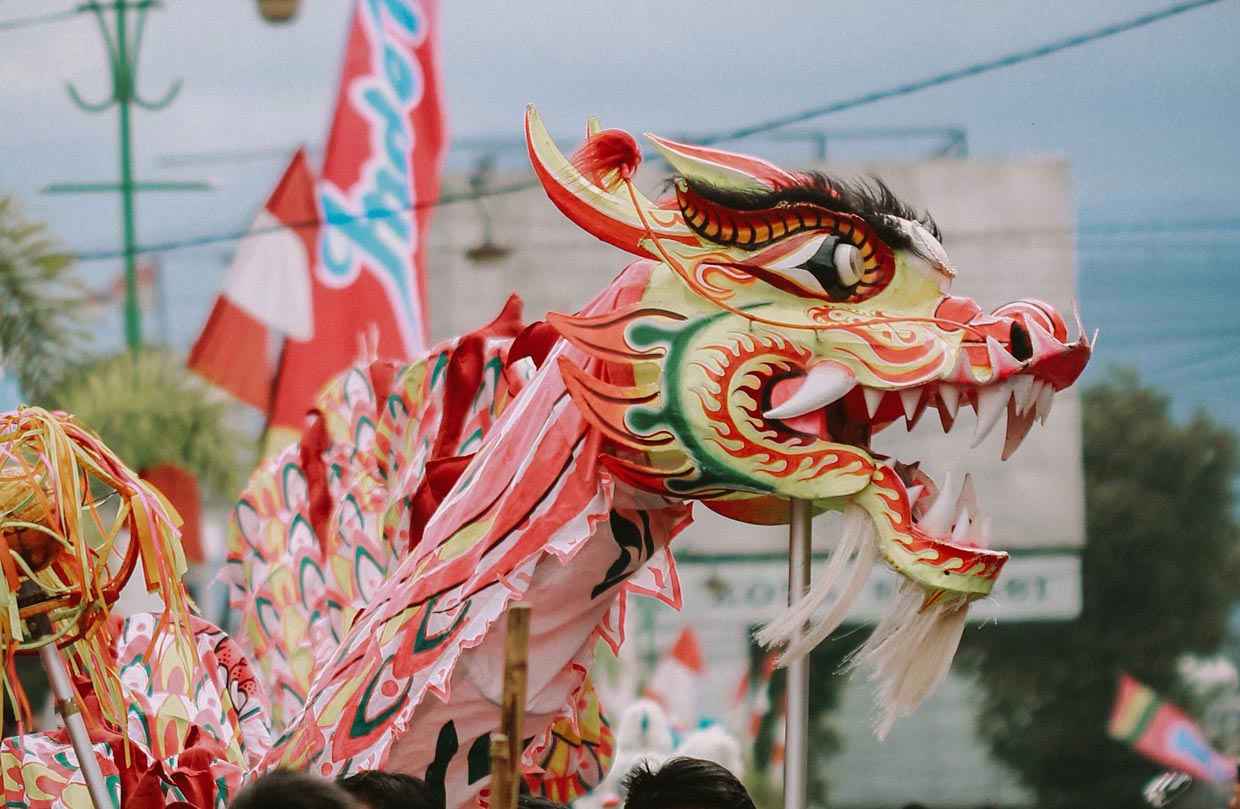
Fascinating Facts about Chinese Dragons
- Chinese dragons are mythological. Despite their vivid depictions in art and literature, there is no scientific evidence to prove they ever existed.
- In Chinese mythology, dragons have a gender and are distinctly divided into male and female.
- The dragon is one of the twelve animals in the Chinese zodiac, and those born under its sign are believed to be powerful and lucky.
- In ancient China, emperors were considered the “sons of dragons.” Ordinary people were once forbidden from wearing dragon motifs, as they were regarded as royal symbols reserved only for the monarchy.
- Unlike the sinister, fire-breathing dragons of the West, Chinese dragons symbolize luck, power, and nobility.
- Traditionally, Chinese dragons are associated with water – living near rivers, lakes, and seas – rather than in caves or mountains.
The Origin of Chinese Dragons
The exact origin of Chinese dragons remains shrouded in myth and legend. While no single source can claim authority on where these fantastical creatures first emerged, historical evidence suggests that dragon symbols date back to at least 3000 BCE. One compelling theory is that early totem worshipers combined aspects of various animals – such as the ferocity of tigers, the sinuous form of snakes, and the strength of bulls – to create the composite image of a dragon.
According to one legend, the legendary Yellow Emperor (Huangdi) waged war against nine rival tribes. In his quest for dominance, he merged different animal totems into his own dragon symbol – a creature with shrimp-like eyes, deer antlers, a bull’s mouth, dog-inspired snout, and catfish whiskers. Other depictions include lion-like manes, snake tails, fish scales, and eagle claws, making each dragon a complex emblem of various natural forces.
Another tale recounts how the Yan Emperor came into power after a fateful encounter with a mighty, dragon-like creature. While many theories swirl around the origin of these beings, experts also speculate that the discovery of enormous dinosaur fossils may have sparked the ancient imagination, inspiring elaborate legends of dragons. During Marco Polo’s travels in China, his accounts of these majestic creatures helped shape European perceptions of the dragon myth.

Diverse Types of Chinese Dragons
Chinese mythology recognizes multiple types of dragons, each with unique characteristics and purposes. Here are the eight main forms:
Spiritual Dragons (Shenlong)
Spiritual Dragons control wind and rain – essential elements for agricultural prosperity. Their benevolent nature ensures that these natural forces benefit humanity.
Treasure Dragons (Fucanglong)
Primarily regarded as guardians of hidden treasures, these dragons safeguard both man-made fortunes and natural riches. Ancient lore even linked their activities with volcanic eruptions – seen as messages sent to the heavens.
Winged Dragons (Yinglong)
Unlike most Chinese dragons, which are wingless, the rare winged dragons not only soar through the skies but also bring much-needed rain clouds. Their presence is one of the oldest elements in Chinese mythology, entwined with both benevolence and the potential for natural calamities such as floods.
Horned Dragons (Qianlong)
Renowned for their rarity and power, horned dragons are often associated with rainmaking phenomena, linking them with the weather and natural cycles.
Coiling Dragons (Panlong)
Symbolizing the careful passage of time, coiling dragons are believed to be able to control time. However, they remain intrinsically linked to water, confined to rivers, seas, and lakes.
Underground Dragons (Dilong)
Often seen as the female counterparts to the Spiritual Dragons, Underground Dragons maintain the balance of water on earth by overseeing rivers and seas. In some local traditions, they are also revered as symbols of fertility.
Celestial Dragons (Tianlong)
These guardian dragons protect the ethereal realms of the gods and are celebrated for their martial prowess and soaring skill. With wings and majestic aura, they are seen as divine protectors of the heavens.
Dragon Kings (Lóng Wáng)
The most potent of all, Dragon Kings rule both the seas and the lands. Possessing the power to shapeshift – even into human form – they govern all other dragons and preside over the four cardinal directions.
Symbolic Meanings of the Chinese Dragon
Beyond their fantastical origins, Chinese dragons carry deep symbolic significance, with meanings that have evolved over millennia. Below are some of the most common interpretations:
Kindness and Benevolence
Many myths portray dragons as benevolent guardians—wise, kind, and ever willing to help those in distress. Their portrayal as benefactors reinforces the idea that nature, though powerful, can also be nurturing.
A Symbol of Good Fortune
Dragons are synonymous with good fortune and luck—a belief so prevalent that the dragon motif is a favored decoration in casinos and during festive celebrations like the Chinese New Year.
Agricultural Prosperity
Given their control over rain and water, dragons have long been linked with agricultural abundance. In traditional Chinese lore, male dragons bring rain while their female counterparts govern earthly waters, ensuring bountiful harvests.
Nobility and Wisdom
Those born under the dragon sign are often believed to possess inherent nobility and wisdom. Emperors and scholars alike have invoked the dragon’s image to symbolize power, health, and intellectual prowess – an image still celebrated in modern Chinese culture.
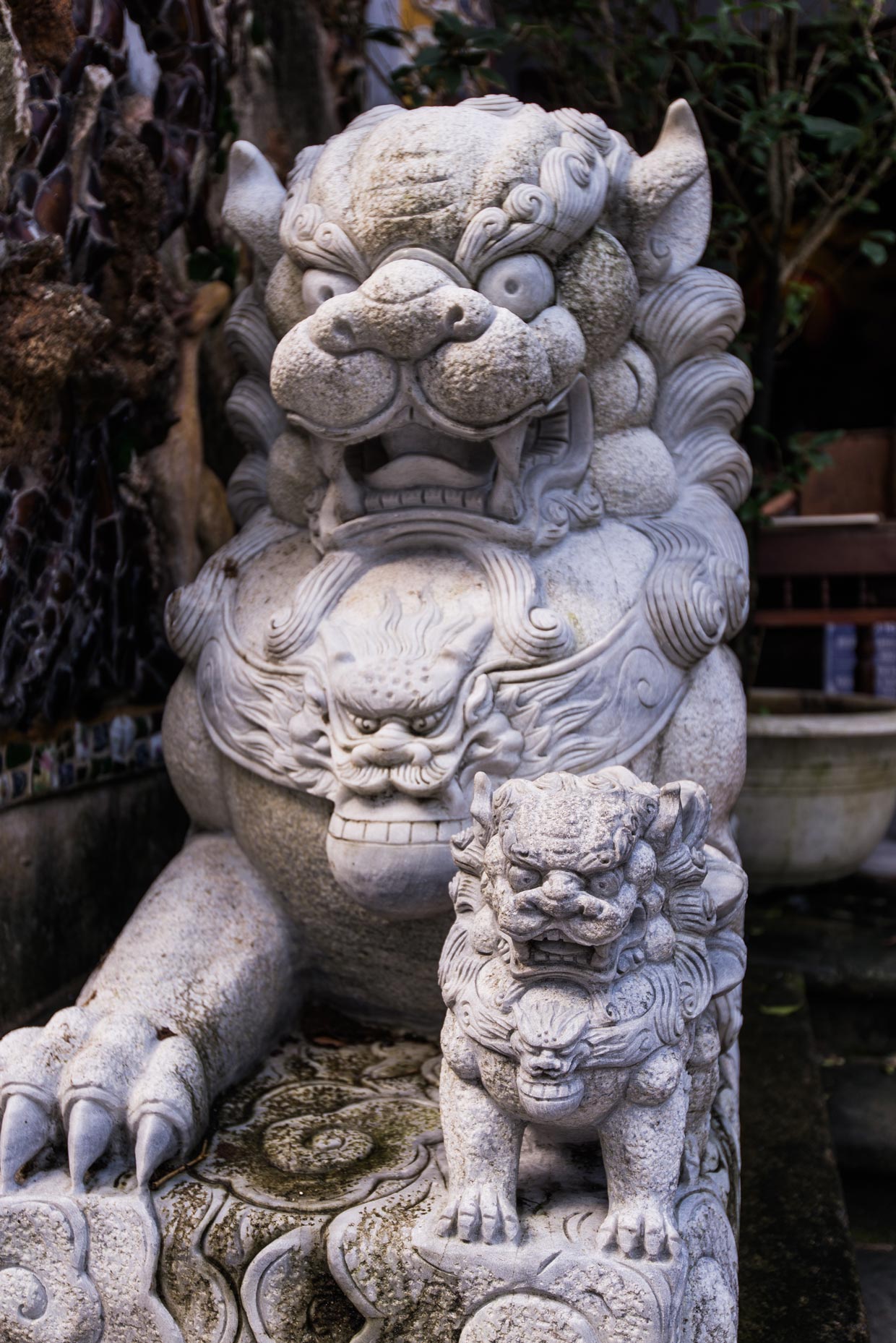
The Enduring Importance of Dragons in Chinese Culture
Sacred and Holy
Throughout history, dragons have held a sacred place in Chinese society. Temples and shrines across the country feature dragon motifs, symbolizing a divine connection between nature, the heavens, and human endeavor. Visitors to historical sites in China will often notice dragon imagery adorning ancient pillars and walls.
Commerce and Prosperity
Dragons are also seen as emblems of wealth and commercial success. During New Year celebrations, the dynamic dragon dance is performed to invoke prosperity and drive away misfortune, a tradition that continues to inspire modern festivities.
A Blessing from Heaven
Farmers in ancient China offered gifts and built shrines to appease dragon gods, believing they safeguarded their lands and ensured a favorable harvest. This deep-rooted tradition underscores the dragon’s role as a celestial force protecting humanity from natural disasters like floods.
Guardianship and Protection
Whether as a tattoo, an engraved piece of wood, or a bold decorative motif, dragons have long been symbols of protection. Their ever-watchful presence is meant to ward off negative influences in homes and businesses, a belief that still survives among many Chinese communities.
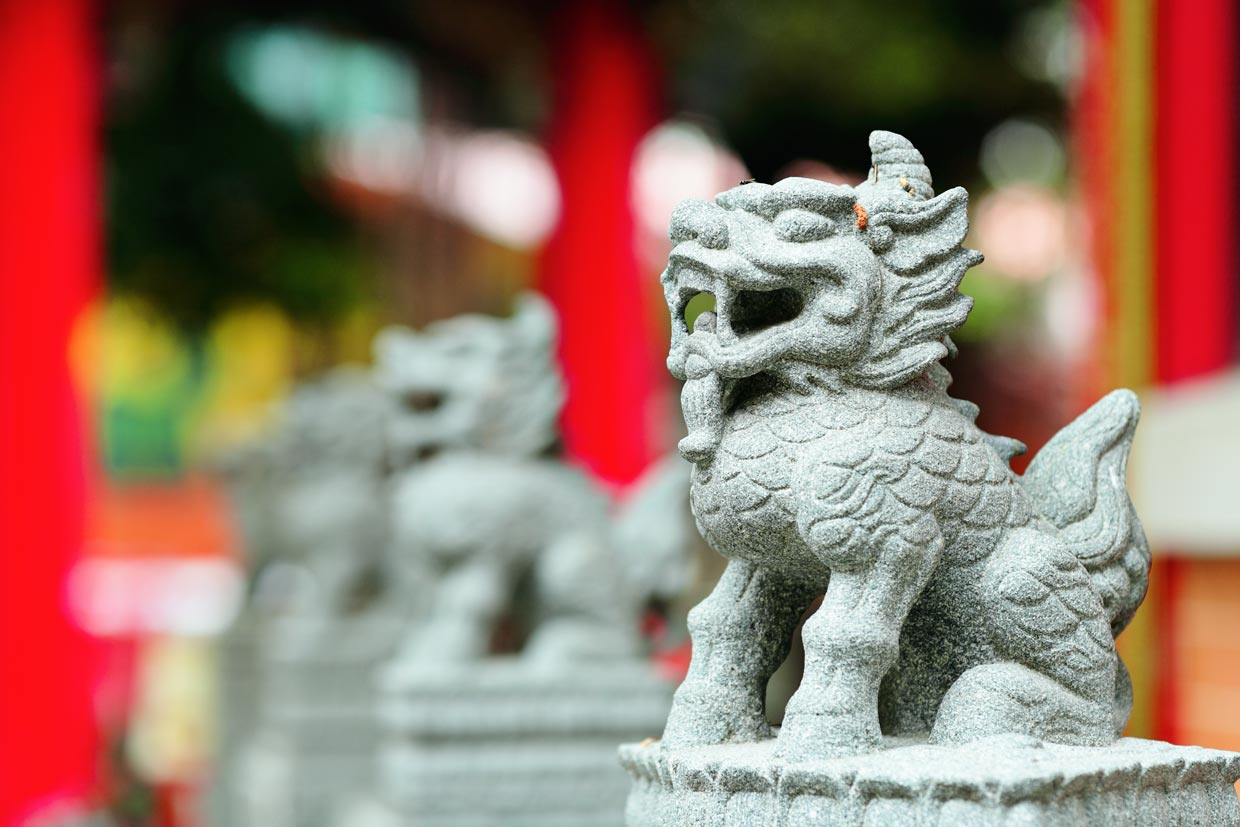
Decoding Chinese Dragon Colors and Their Meanings
Dragon depictions come in various colors, each imbued with its own symbolism. While the most common hues are red, green, black, blue, and yellow, every color tells a story:
Blue dragons are linked with the sky and water, symbolizing power and the life-sustaining force of rain. Green dragons, often paired with blue, highlight the fertility and nurturing aspects of the earth. White dragons, meanwhile, can embody purity or even be associated with death in certain local legends. Red dragons are widely regarded as harbingers of joy and good fortune, especially prominent during weddings and celebratory events. Yellow dragons, reserved for the elite, have long symbolized imperial power, wisdom, and wealth – qualities that were highly prized in ancient China.
The Dragon’s Place in the Chinese Zodiac
The Chinese zodiac operates on a 12-year cycle, with each year represented by a different animal. The dragon, occupying the fifth position, is particularly significant. Legend has it that during an imperial celebration, animals were invited to a grand feast – the order of arrival determined their place in the zodiac. Despite its might, the dragon arrived later than the rat, ox, tiger, and rabbit because it paused to help a drought-stricken village. Impressed by its generosity, the emperor bestowed upon the dragon the honor of the fifth zodiac position.
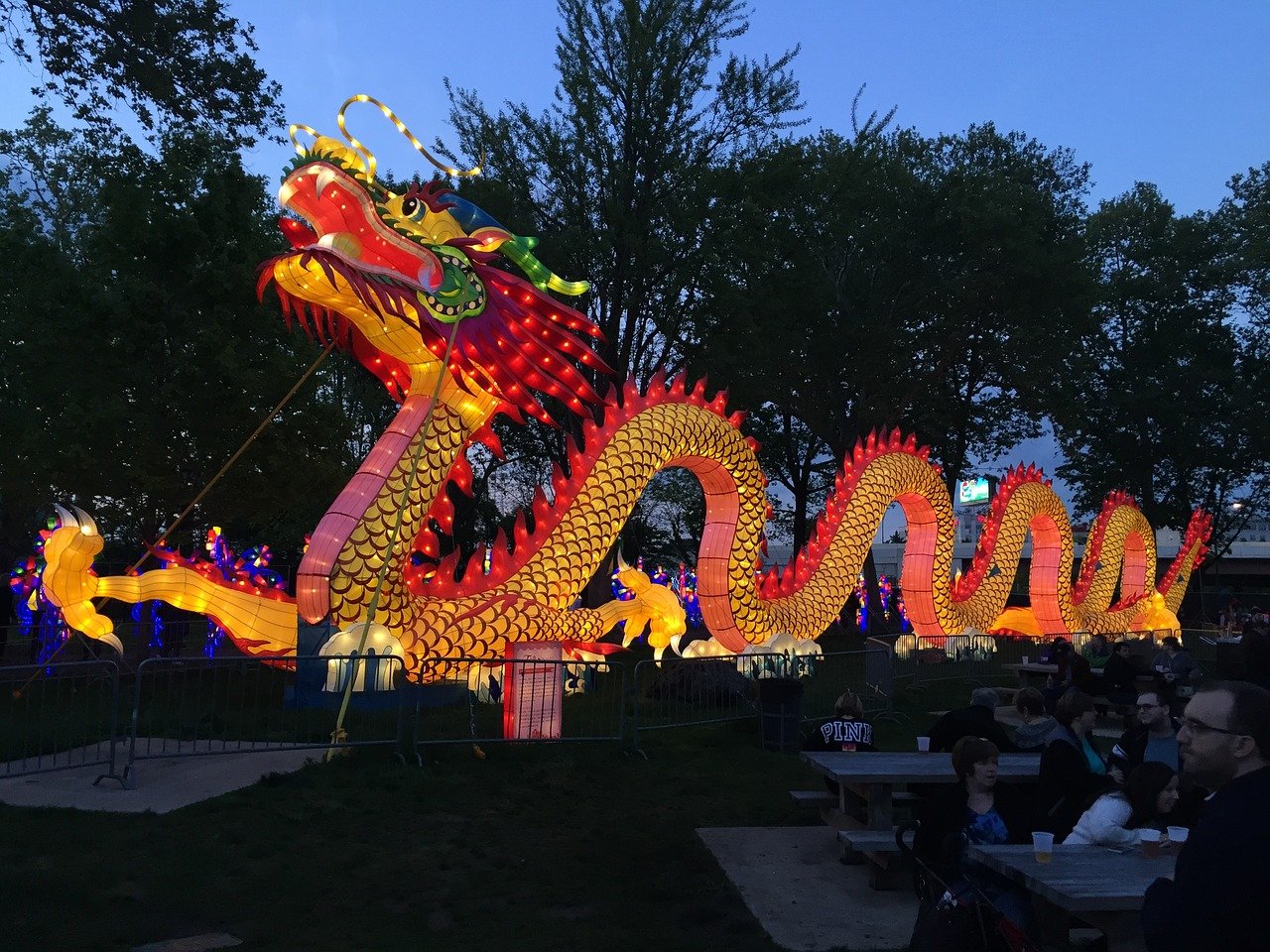
Today, the rich tapestry of dragon lore continues to influence modern festivals and cultural celebrations, proving that these legendary creatures remain a vibrant symbol of heritage and aspiration.
Conclusion: The Enduring Legacy of Chinese Dragons
Chinese dragons continue to enchant and inspire, serving as powerful symbols of luck, wisdom, and prosperity. Whether admired for their mythic history or celebrated during cultural festivals in China, these legendary creatures remain an integral part of Chinese identity. Their stories not only reflect the rich tapestry of ancient mythology but also influence modern art, architecture, and even commercial symbols across Asia.
Today, from dragon boat festivals to giant parade displays, the spirit of the dragon lives on. For travelers interested in exploring this captivating culture firsthand, destinations like China offer endless opportunities to witness the legacy of these mythical beasts in temples, museums, and festivals.
Embrace the magic, delve into the legends, and let the dragon’s mystique guide you on your journey of discovery.
